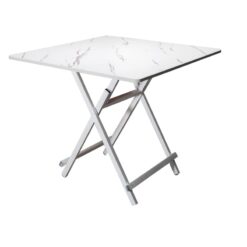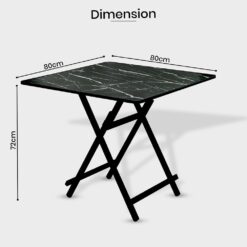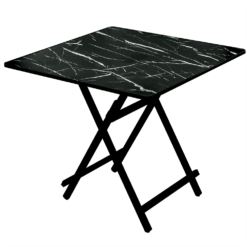Lowest Price
Lowest Price
Scissor Table
A scissor table, also known as a scissor lift table or hydraulic lift table, is a versatile and essential piece of material handling equipment used in various industries and applications. It consists of a platform supported by a set of crisscrossing metal arms (resembling a pair of scissors) that can be extended or retracted to raise or lower the platform.
These tables are versatile and come in a variety of sizes and designs to suit different applications. Here’s some content related to scissor tables:
Key Features:
- Lifting Mechanism: Scissor tables are typically operated using a hydraulic, pneumatic, or mechanical lifting mechanism. Hydraulic systems are common and allow for smooth and precise height adjustments.
- Weight Capacity: Scissor tables come in various weight capacities, from a few hundred pounds to several tons, making them suitable for a wide range of applications.
- Platform Size: The size of the platform can vary to accommodate different materials and equipment.
- Some scissor tables have fixed platform sizes, while others are designed with adjustable platforms.
- Mobility: Some scissor tables are stationary, while others are mounted on wheels or casters for easy mobility and repositioning.
- Safety Features: Scissor tables often include safety features such as safety rails, safety skirts, and emergency stop buttons to ensure the safety of operators.
Applications:
- Warehouses and Factories: Scissor tables are commonly used in warehouses and factories for lifting and transporting heavy items, facilitating material handling and packaging processes.
- Loading Docks: Scissor tables can be used to bridge the gap between truck beds and loading docks, allowing for the efficient loading and unloading of goods.
- Automotive Repair: In auto repair shops, scissor tables are used for vehicle maintenance, providing easy access to the undercarriage of cars and trucks.
- Assembly Lines: Scissor tables are employed on assembly lines to ensure that workers can work at the most ergonomically appropriate height for their tasks.
- Agriculture: In agriculture, scissor tables are used for tasks like fruit picking, equipment maintenance, and handling large loads.
- Stage and Entertainment Industry: Scissor tables are used to raise and lower equipment, lighting, and performers on stages and in the entertainment industry.
- Retail: In retail, scissor tables can be used to adjust shelving and displays, making it easier to organize and access merchandise.
Benefits:
- Efficient Material Handling: Scissor tables facilitate the efficient and ergonomic lifting and lowering of materials, reducing the risk of injuries and improving productivity.
- Customization: Many scissor tables can be customized to meet specific requirements, such as platform size, lift height, and weight capacity.
- Space Savings: Scissor tables are often more space-efficient than traditional elevators and can be integrated into existing workspaces.
- Safety: Safety features and controls make scissor tables a safe and reliable solution for vertical lifting tasks.
Scissor Tables play a vital role in various industries and settings by simplifying the process of lifting, lowering, and transporting heavy loads or equipment. They are an invaluable tool for improving workplace safety and efficiency.








